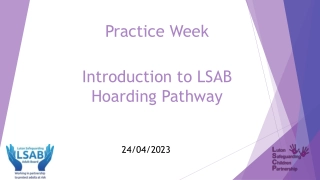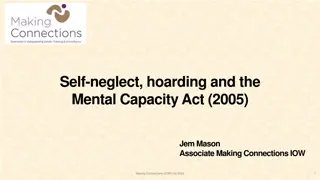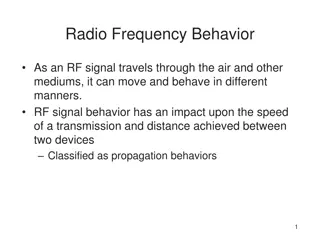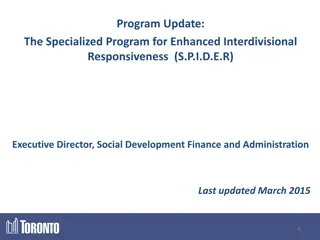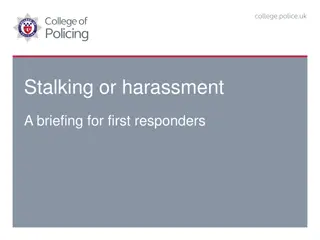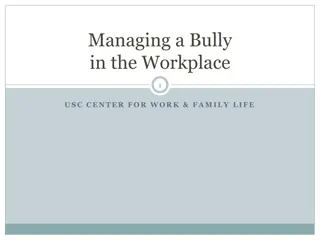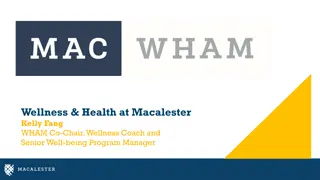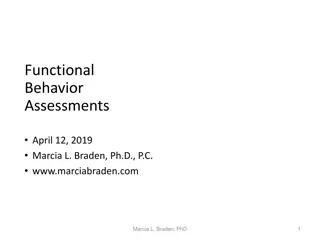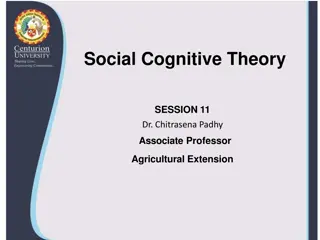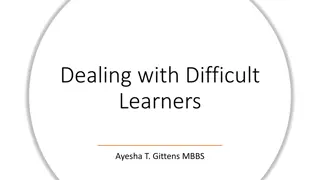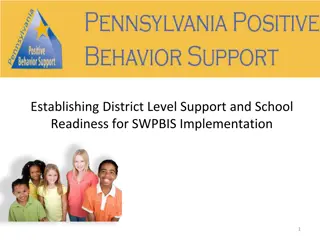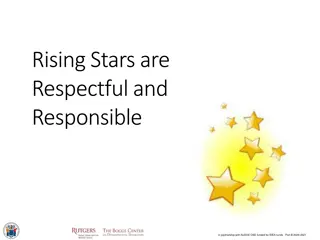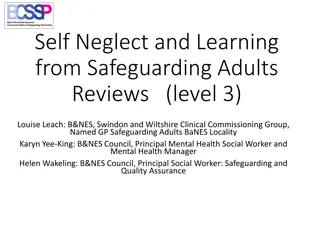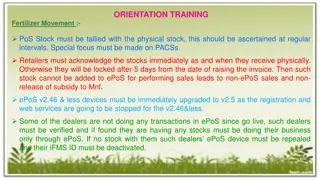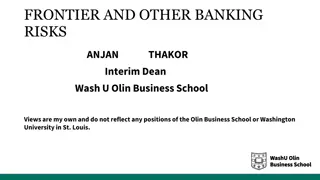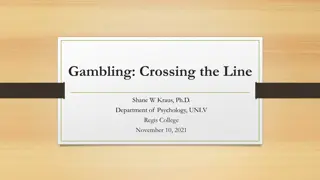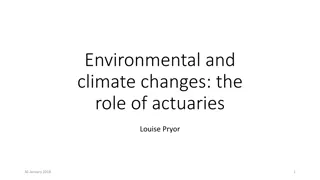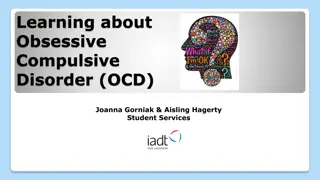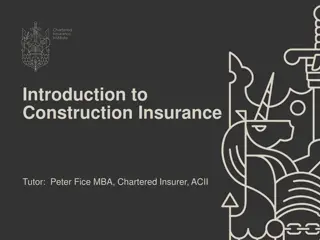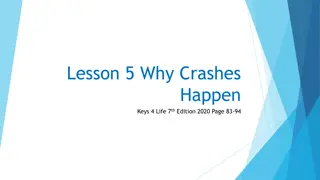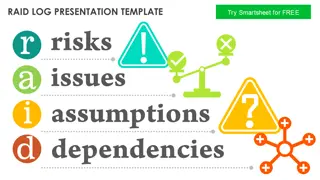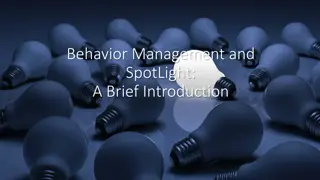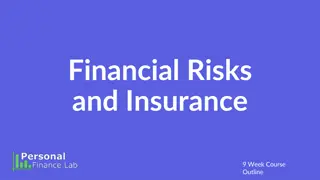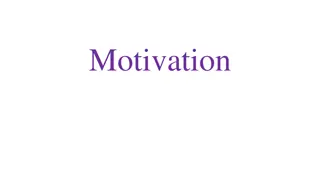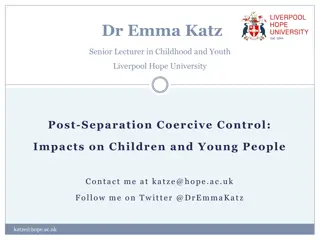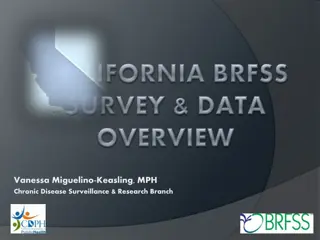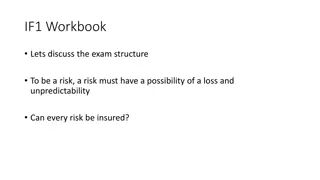Understanding Hoarding Behaviors and Risks: A Comprehensive Overview
Hoarding is a serious condition that involves the accumulation of objects or animals, leading to extreme clutter and potential health and safety risks. This chronic behavior can result in fires, diseases, isolation, building collapses, and falls. The causes of hoarding vary from mental disorders like OCD to cognitive impairment and family history. Understanding associated behaviors and listening to the voices of hoarders are crucial in addressing this issue effectively.
Download Presentation

Please find below an Image/Link to download the presentation.
The content on the website is provided AS IS for your information and personal use only. It may not be sold, licensed, or shared on other websites without obtaining consent from the author. Download presentation by click this link. If you encounter any issues during the download, it is possible that the publisher has removed the file from their server.
E N D
Presentation Transcript
Hoarding: A Safeguarding Approach Hoarding is the persistent accumulation of and lack of ability to relinquish large numbers of objects or living animals. It results in extreme clutter in and around premises, compromising the intended use of premises and threatens the health and safety of people concerned, animals and neighbours. Hoarding is a progressive and chronic condition associated with age.
Hoarding Risks Fire Disease Isolation Building Collapse Falls
Can Serious Harm Result? Real Life Cases A ceiling collapsed due to clutter, killing 62 year old man 50 year old woman fell over clutter on her porch and lay without help for two days as she was not visible from the street due to clutter in her yard. Took 3 hours to clear a path to her A fireman died attempting to save an 80 year old male hoarder A 50 year old male hoarder died from smoke inhalation after being rescued by fire crew. Delay due to obstacles led to death
Hoarding- The Varied Causes Around 40% of people with Obsessive Compulsive Disorder feel compulsion to hoard. Practical inability to remove clutter due to disability Symptomatic of cognitive impairment or mental disorder dementia, depression, schizophrenia Can be triggered by bereavement Behavioural- family history of hoarding
Hoarding- The Associated Behaviours Keeping items that may have little or no value, such as junk mail and carrier bags Finding it hard to categorise or organise items Having difficulties making decisions Struggling to manage everyday tasks Refusing to let anyone touch or borrow items Having poor relationships with family or friends May have mental capacity to weigh risks
Hearing Voices of People Who Hoard If I discard this, I will lose the memory. This may come in handy later. This may gain in value. I am rescuing something which will not be loved otherwise This object is a part of me. These things are family ties. Safety (feeling of safety as a result of clutter) Everything is useful and I don t want to lose anything Talking to the person and understanding their chosen outcomes is essential Source: Hoarding UK (charity)
Why Commercial Cleaning Alone Why Commercial Cleaning Alone is Ineffective is Ineffective Deep-seated psychological & emotional states are not solved by practical solutions alone Recidivism after commercial clean 96% & can worsen the behaviour Person likely to experience commercial clean as trauma which takes all they have/their identity The term Blitz clean should never be used due to connotations of destruction Staged interventions with emotional & psychological support involving small steps towards progress are more effective
Best Practice: Weighing Treatment Best Practice: Weighing Treatment of Hoarding Disorder & Harm of Hoarding Disorder & Harm Minimisation Minimisation Address Hoarding Disorder Harm Minimisation Cognitive behavioural therapy Serotonin reuptake anti- depressants Fire retardant materials Falls Prevention Mentoring/ monitoring
Developing a Safety Plan Developing a Safety Plan Balance intervention & empowerment for person Housing & residential options/small changes?/ new accommodation? Fire prevention use clutter scale to assess risks Isolation brings risk of cuckoo abuse Care Package Client Housing Health
Preventing A Severe Incident Preventing A Severe Incident- - Prevent Different Risks Coming Together Different Risks Coming Together Prevent Environmental Incident e.g Fire/Fall/Dise ase Individual
Assessment Issues: Individual Assessment Issues: Individual Cognitive impairment dementia or delirium Behaviour patterns Continence problems Injury from earlier falls Fear of falling Unsuitable footwear Medication Postural instability, mobility problems and/or balance problems Syncope syndrome (fainting) Visual impairment. Cardiovascular health Support mental health Support physical health Improve habits/behaviour
Assessment Issues: Environmental Assessment Issues: Environmental Lighting Flooring strength & space Furniture Walking routes Signs eg exit route in fire Building based SADLs e.g handholds Individual based SADLs and CADLs Telecare e.g alarms & sensors Visual falls prevention plan Access to toilet facilities Access to carers Reduce Hazards Add Add Alarms Protectors
Assessing Hoarding Risks Assessing Hoarding Risks Includes Risk of Falls & Trips Includes Risk of Falls & Trips Crisis is an opportunity- promptly address the patient's identified individual risk factors for falling in hospital and manage them [NICE ] Do not offer universal falls prevention interventions. It must be person-centred [NICE ] Include strength and balance training/ build responsibility Include vision assessment and referral Include medication review
The Key Change Factor: The Key Change Factor: Interpersonal Professionalism Interpersonal Professionalism The person and their history Professional knowledge Knowing Being Doing Respect, empathy, reliability, honesty and care; being present, keeping company, being human Hands-off and hands-on balance, building consensus over small steps while negotiating larger ones, deciding when intervention is essential Relationship


